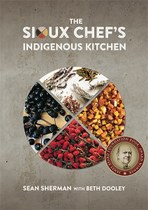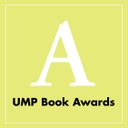TIME Magazine: The Thanksgiving Tale We Tell Is a Harmful Lie.
 Every November, I get asked an unfortunate, loaded question: “You’re a Native American—what do you eat on Thanksgiving?” My answer spans my lifetime.
Every November, I get asked an unfortunate, loaded question: “You’re a Native American—what do you eat on Thanksgiving?” My answer spans my lifetime.
I was born and raised on the Pine Ridge Indian Reservation in South Dakota in the 1970s and am a member of the Oglala Lakota Sioux Tribe. Growing up, I went to a very small country school on the reservation, in the poorest county in the United States. Our school had predominantly Native students, but we were still taught what everybody was about Thanksgiving: It represented a time when “pilgrims and Indians” celebrated together, and it was about being thankful. Only later would we find out that it was a lie.
But as I was taught this story, my family gathered on Thanksgiving at my grandparent’s ranch, where we held a huge feast of very typical recipes, most of them straight out of a circa-‘60s Betty Crocker cookbook. I remember the mingling smells of dishes cooking throughout the day as our moms and aunts crowded every kitchen surface preparing for the large offering. We had the staples, like roasted turkey; mashed potatoes and milk gravy; sweet potatoes with marshmallows; green bean casserole with onion crisps; brand-name stuffing; canned cranberry sauce; an assortment of cold pasta salads, Jello molds, cookies, deviled eggs; and 1950s-style glass platters filled with canned California black olives, pickles and piles of veggies. On occasion, we had Lakota dishes like Taniga (intestine soup) and wojape (chokecherry sauce).
By: Sean Sherman
Story Date: 2018-11-19T05:51:00+00:00



